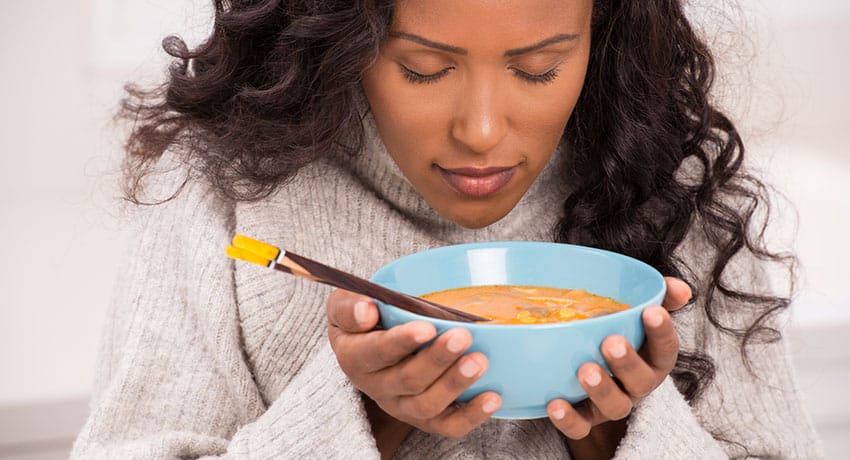There’s no doubt that the COVID-19 pandemic is increasing stress levels across the board. Whether you’re stressed about a loved one being ill, about contracting the virus yourself, or the fate of your job or business, you are experiencing a high level of anxiety about the uncertainty swirling around us. As a result, you may be finding yourself turning to comfort foods.
“Times of crisis present a high-stress environment and prolonged stress can be damaging to the natural homeostasis (equilibrium) of the body,” said Monique Dorsey, registered dietitian with UT Physicians. “In an attempt to maintain its balance, the body may react by producing a physiological response, such as irregular eating behavior, including increasing caloric intake.”
Comfort foods are typically high in fat or sugar, energy-dense, and may have relatively low nutrition value. These foods may trigger an emotional response or a temporary feeling of stress relief. Some foods release an increased level of dopamine, a type of neurotransmitter that plays a role in how humans feel pleasure. Frequent stimulation of this reward pathway can lead to increasingly compulsive behavior.
Examples of comfort foods include items like macaroni and cheese, mashed potatoes, chili, pizza, and ice cream.
“In early human development, life-threatening stressors were frequent, and food was scarce,” explained Dorsey. “The uptake in energy storage while under stress may have had adaptive features at this time. Today, there is a relative abundance of hyper-palatable food that is easily accessible, so increased stressors may lead to eating these energy-dense foods without metabolic need.”
If you’re finding yourself craving comfort foods while in quarantine, Dorsey provides some healthy alternatives that are satisfying, yet lower in calories and fat.
If you’re craving something crunchy, try:
- Carrots with a yogurt-based dip
- Sliced apples or celery with peanut butter
- Lightly buttered popcorn
If you’re craving something sweet/salty, try:
- A peanut butter graham cracker sandwich with strawberries or apple slices inside
- Plain popcorn with sprinkled cinnamon or a light chocolate drizzle on top
- Homemade trail mix with pretzels, popcorn, or cereal, with small chunks of chocolate or dried fruit mixed in
- Sliced peaches drizzled with honey
Healthier choices can be made easier by creating balance in your diet. Dorsey says to set a goal to have a least one fruit or vegetable with every meal, if possible. Also, she suggests planning your mealtimes and rather than feeling guilty for snacking, allow yourself one to two small snacks throughout the day. Finally, she recommends finding activities such as meditation, breathing exercises, or guided imagery to help reduce the temptation to stress-eat.
To access more tips on managing nutrition and stress, visit the Academy of Nutrition and Dietetics website. For more information and resources on COVID-19, visit our information center.


